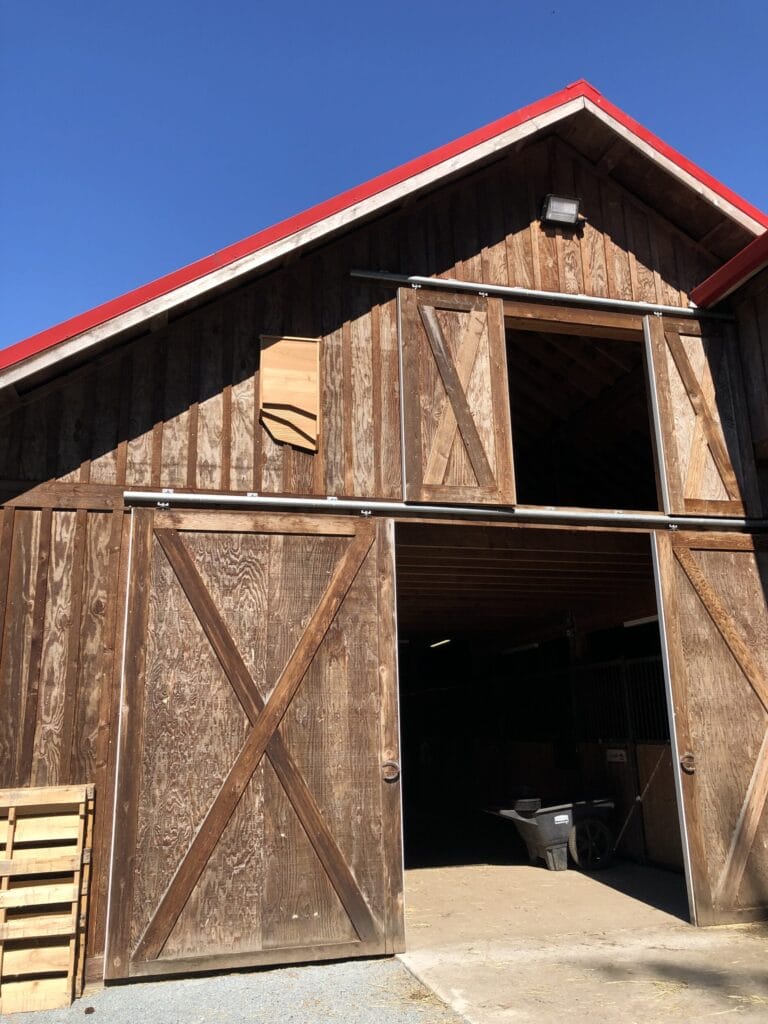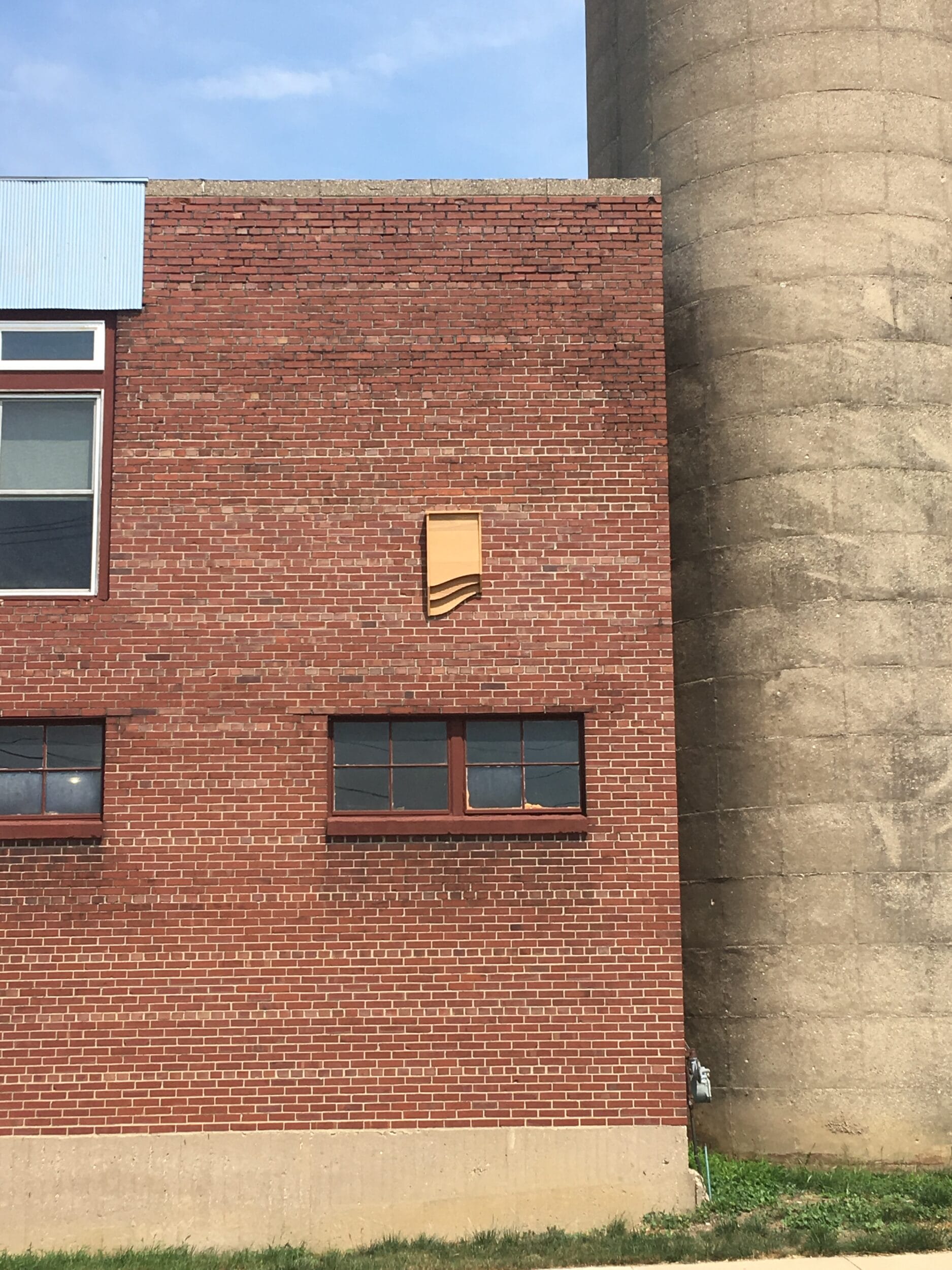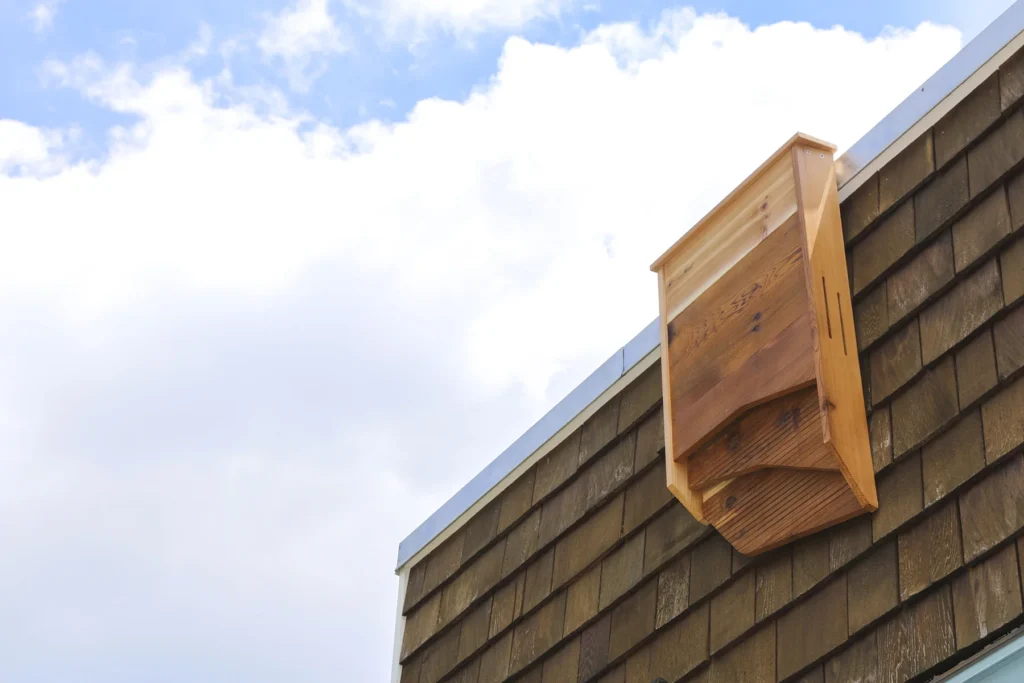When designing your sustainable agriculture system, every element should serve multiple functions, working in harmony to create a resilient, self-sustaining ecosystem. One often-overlooked ally in this process? Bats. These nocturnal creatures play an essential role in natural pest control and nutrient cycling, both fundamental principles of permaculture. Most of all – Bats are great for keeping mosquitos away from your summer outdoor events.
By incorporating a bat house into your landscape, you’re not just providing critical habitat for a declining species; you’re also investing in the future, creating a low-maintenance, chemical-free solution for pest control and biodiversity. Let’s explore how bats and sustainable gardening and agriculture go hand in hand.
1. No Chemical, Natural Pest Control
In sustainable agriculture, minimizing external inputs like pesticides is key to maintaining a self-sufficient system. Many bat species, including little brown bats and big brown bats, are voracious insect-eaters, consuming thousands of pests each night.
Common agricultural pests that bats help control include:
- Mosquitoes – Reducing itchy welts and the need for chemical repellents.
- Corn earworm & cutworm moths – A major threat to your vegetable crops.
- Cucumber beetles – Their larvae damage roots, which may be why your cucumber plants are dying, while adults spread bacterial wilt.
- Leafhoppers – Known to transmit plant diseases.
By inviting bats into your farmstead or garden design, you can naturally reduce pest populations and support healthy crops without resorting to harmful insecticides.
2. Building Healthy Soil Through Nutrient Cycling
Bat guano (droppings) is a powerhouse fertilizer, rich in nitrogen, phosphorus, and potassium which are the essential nutrients for plant growth. In permaculture systems, guano can be collected and used to enrich soil fertility naturally, eliminating the need for synthetic fertilizers. With a bat house attached to your home, bats will come out at night and fertilize your garden or farm without you lifting a finger.
3. Restoring Habitat & Encouraging Biodiversity
Permaculture is all about working with nature, not against it. Unfortunately, habitat destruction has led to severe declines in bat populations worldwide. By adding bat houses to your property, you restore crucial roosting sites, especially as old-growth forests and hollow trees become scarce.
More biodiversity means a stronger, more resilient ecosystem, capable of naturally regulating itself. This supports our garden and farm spaces essentially taking care of themselves.
Integrating Bat Houses into a Permaculture Design
Here’s how you can proactively protect your yard against mosquitoes and other pests and secure built-in fertilizer for your yard by incorporating bat houses into your system:
1. Mount bat houses in a sunny location (6+ hours of direct sunlight) to maintain warmth.
2. Place your bat houses at least 10-15 feet high on a pole or building for safety from predators.
3. Ensure open flight paths by avoiding placing your bat houses near dense tree cover to give the bats safe, clear and open spaces to fly.
4. Keep water sources nearby, such as a pond or rain garden, to attract bats.
A Win-Win for Bats, Farmers and Gardeners alike…
Bats exemplify an important core principle of sustainable agriculture “letting nature do the work.” They provide pest control, contribute to nutrient cycles, and enhance biodiversity—all without any human intervention. By installing a bat house, you create a mutually beneficial relationship where both the ecosystem and your permaculture garden thrive.
Win a Bat BnB Bat House at Firefly Gathering!
During the Firefly Gathering from July 8 – 13th at Wild Human Preserve we will be raffling off a Bat BnB Bat house for one lucky winner. Learn more about Bat houses at Batbnb.com and learn more and get your passes for the Firefly Gathering HERE.







